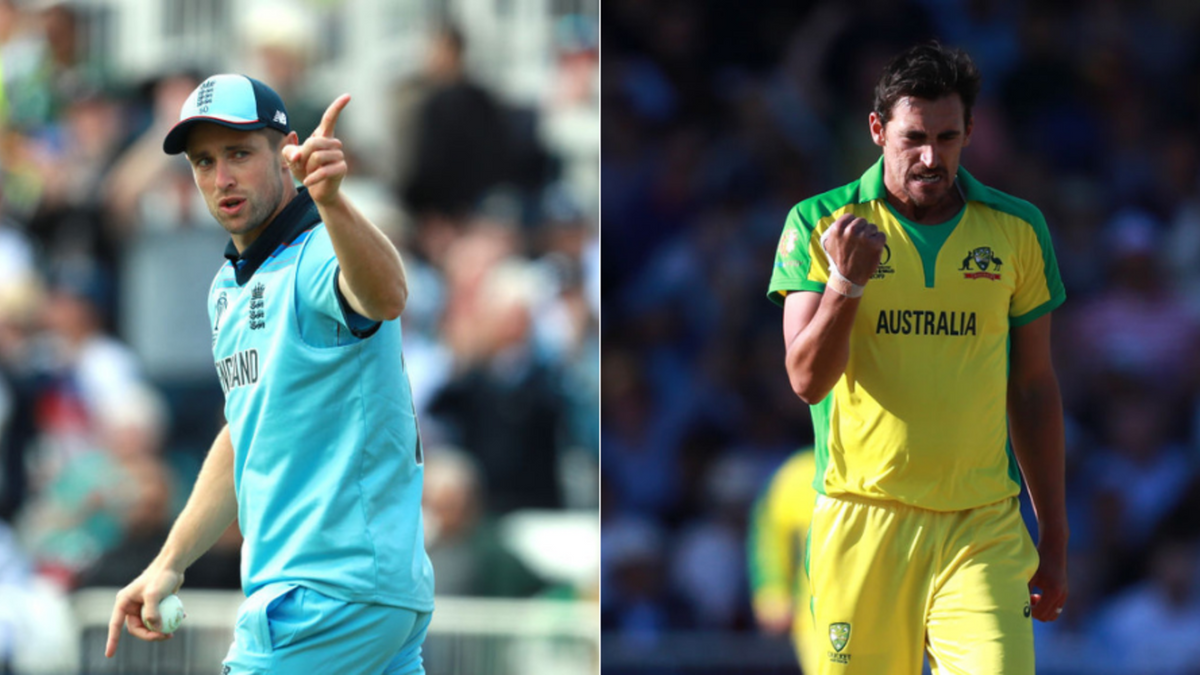
Presenting a current XI of established players who have featured in all three formats, but have consistently reserved their best for ODI cricket.
Most of these players have excelled in at least two formats, a few even in all three. But it’s the 50-over format that brings the best out of them, with performances and numbers backing that up.
Shikhar Dhawan
142 ODIs, 5,977 runs @ 45.28, 17 100s, HS: 143
A part of of India’s top-order trio of white-ball wizards, Dhawan has been a heavy scorer for India in ODIs over the years. Consisting featuring in the ICC’s ODI top 10 through the second half of the 2010s, Dhawan has scored the third-most runs by an ODI opener in the last five years. Steady rather than flashy, Dhawan’s T20I credentials pale in comparison to his ODI expertise, while his stop-start Test career came to a halt in 2018.
Imam-ul-Haq
45 ODIs, 1,967 runs @ 49.17, 7 100s, HS: 151
An aggressive batsman with a liking for big scores, Imam is skilled enough to succeed in any format, but his ODI career has been by far the most impressive. In three years, Imam has raced to seven one-day centuries with an average nearing 50. The second-fastest to 1,000 ODI runs, Imam is yet to cross a century in 21 innings, while his T20I career has stalled after just two appearances.
Joe Root
152 ODIs, 6,109 runs @ 51.33, 16 100s, HS: 133*
For a 105-Test veteran with 20 centuries, it’s hard to argue that red-ball cricket isn’t his finest format, but Root is in a different league in one-day cricket, and arguably England’s best ODI batsman ever. In the last five years, Root has scored the fifth-most ODI runs in world cricket and is behind only Eoin Morgan in England’s all-time run-tally. His Test numbers have encountered a slight dip in the last few years even as he has flourished as a one-day batsman, although his T20I standards never lifted to similar levels.
Babar Azam
82 ODIs, 3,827 runs @ 55.46, 13 100s, HS: 125*
Currently the third-ranked T20I batsman in the world, Babar has been a sensation in white-ball cricket, but in terms of overall impact, his ODI credentials edge out his T20I skills. Since his debut, Babar has scored by far the most runs by any Pakistan batsman, and currently has the third-best batting average in the format (minimum 20 innings).
Shai Hope
81 ODIs, 3,547 runs @ 53.74, 10 100s, HS: 170
One of West Indies cricket’s finds of the previous decade, Hope has developed into the fulcrum of their ODI team. Since his debut, only Virat Kohli and Rohit Sharma have scored more runs in the format. In the shortest format, Hope doesn’t find a regular spot in the national team, while his lacklustre Test career hasn’t seen a century in four years.
Shakib Al Hasan
212 ODIs, 6,455 runs @ 37.52, 9 100s, HS: 134*; 269 wickets @ 29.87, 2 five-fors, BBI: 5-29
The poster boy of Bangladesh cricket for years, Shakib is a shoo-in for any XI, but it’s ODI cricket that truly brings out the all-round package. The 2019 World Cup catapulted his already established one-day career to a different level, and among active cricketers, he is the only one with 5,000 runs and 200 wickets.
Angelo Mathews
218 ODIs, 5,835 runs @ 41.67, 3 100s, HS: 139*; 120 wickets @ 33.35, 1 five-for, BBI: 6-20
Carrying the burden of Sri Lanka’s transition on his creaky knees, Mathews has developed into somewhat of a modern-day giant for the country. An inventive all-rounder when he began, Mathews has evolved into a vital, highly flexible component of the ODI team, even as his bowling contributions have shrunk with each passing year. Mathews’ value as a Test batsman cannot be underestimated, but it’s the 50-over format where he anchors the team together.
Chris Woakes
106 ODIs, 155 wickets @ 29.46, 3 five-fors, BBI: 6-45; 1,315 runs @ 25.78, 5 50s, HS: 95*
Arguably England’s best white-ball seamer at the moment, Woakes seems to be coming into his own in one-dayers, while still being an effective component in the other two formats. Incisive and economical, Woakes’ new-ball bursts have been phenomenal of late – he recently became just the fifth Englishman to 150 ODI wickets. No English bowler has taken four or more wickets in an innings more times than him.
Mitchell Starc
96 ODIs, 184 wickets @ 26.80, 7 five-fors, BBI: 6-28
Starc is a stellar Test player, no doubt, but there have been few ODI bowlers as consistently successful as the left-arm quick. The leading wicket-taker in the last two World Cup editions, Starc’s strike-rate is among the best in the world. Despite his reputation, Starc hasn’t been as impactful in T20Is, and realistically stands a chance of being among the top-five wicket-taking ODI quicks for Australia by the time he’s done.
Hasan Ali
56 ODIs, 88 wickets @ 28.87, 4 five-fors, BBI: 5-34
The 2017 Champions Trophy had a big role to play in Hasan Ali’s evolution as a strike bowler in one-dayers. Rightly named the Player of the Tournament, he snared 13 wickets in Pakistan’s last four games, and has already picked up more five-wicket hauls than Shoaib Akhtar and Umar Gul. The year 2019 was a blip, but his performances in ODIs have been more impactful than the other two formats.
Kuldeep Yadav
63 ODIs, 105 wickets @ 27.90, 1 five-for, BBI: 6-25
His reputation might have fallen by a few notches of late, but before he fell out of first-XI contention, Kuldeep was weaving a web of mystery around the world. The first Indian to claim two hat-tricks in the format, Kuldeep has taken more wickets than anyone in the world since his debut. In Tests and T20Is, Kuldeep has brought out bursts of brilliance but probably not been as consistent as he is in the 50-over format.








